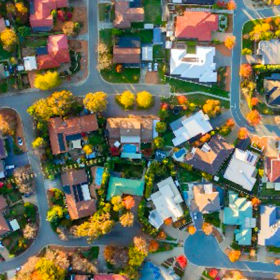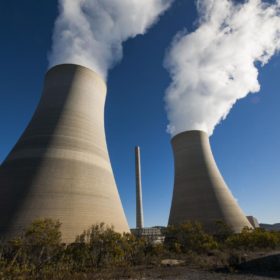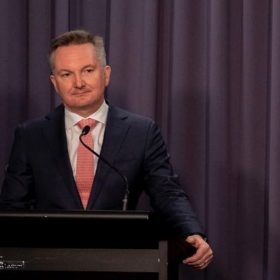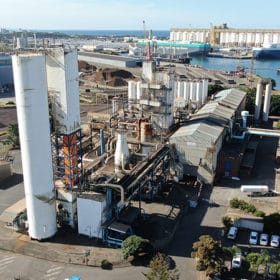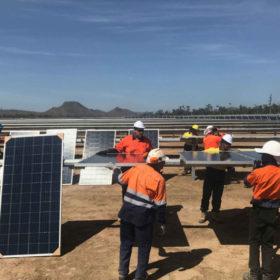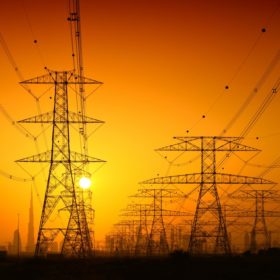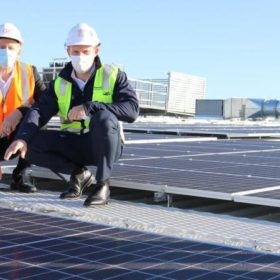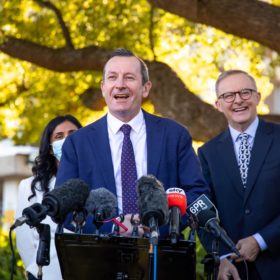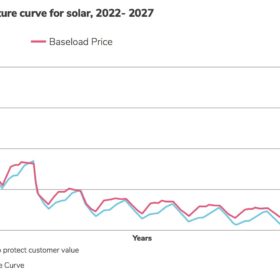Melbourne’s suburbs shining with solar and battery uptake
After a bumpy start, the Victorian government’s Solar Homes Program is now in full swing, lead by strong uptake in Melbourne’s suburbs and the state’s rural north. Meanwhile, demand for batteries linked to rooftop solar has skyrocketed over the last month, spurred by the energy crisis and an especially cold winter.
Energy board releases capacity market design, advocates fossil fuel inclusion despite criticism
Under renewed urges from ministers to expedite market reforms, the Energy Security Board has today released a ‘high-level’ design paper for its capacity mechanism proposal, through which the agency hopes to prevent a disorderly energy transition.
AEMO says it has not suspended project commissioning but testing and resources limited amid crisis
The Australian Energy Market Operator (AEMO) says it has not suspended solar and wind project commissioning, though it noted the schedules for some projects have been adjusted because of the ongoing energy supply crisis.
Bowen aiming to ‘unleash’ investment in renewable energy market
Federal Energy Minister Chris Bowen has declared Australia is “under new management” and determined to “unleash private investment” in new clean energy projects, urging the sector to take advantage of the opportunities available in the renewable energy market.
‘The villain is the framework’: crisis an opportunity to review regulation requisites
Australia’s energy crisis affords it an intricate, if painful, look at exactly where and how our current electricity regulations no longer fit their purpose. According to analyst Gavin Dufty, now is the time to retrain our eyes on the prize: designing a new framework suitable for the future decentralised system. “But everybody needs to put their guns back in their holsters,” Dufty tells pv magazine Australia.
Bowen stresses importance of transition to renewables as energy crisis continues
The Federal Energy Minister insists the Australian Energy Market Operator’s market intervention demonstrates that it is “more important than ever to manage the transition and get more energy into the system and more storage and transmission”.
BREAKING: AEMO suspends spot market in all eastern states
The Australian Energy Market Operator (AEMO) this afternoon suspended the electricity wholesale spot market in all five of the participating National Electricity Market states, saying it has become “impossible” to operate.
Queensland hits back at sun tax ‘scaremongering’ as energy panic deepens
The Queensland government this morning confirmed it will not be changing solar feed in tariffs after Murdoch newspapers claimed a ‘sun tax’ was looming for the state. Meanwhile, New South Wales recommended upping feed in rates for solar households.
Western Australia to exit coal by 2029 in response to competition from solar
Western Australia is set to exit coal-fired power by the end of the decade as state-owned power provider Synergy will close its two remaining coal plants by 2029 in response. Western Australia Premier Mark McGowan said coal was no longer viable due to the high-penetration of solar, particularly rooftop. McGowan also announced a $662 million boost for the coal-town of Collie’s industrial transition and $3.8 billion in statewide renewable investment, with a focus on energy storage.
A simmering cauldron of renewables ‘revenue cannibalisation’
There is enormous demand for renewables to enter the grid, and for power purchase agreements to make use of them. However, as more renewables feed into the grid at intermittent periods, the risk of “revenue cannibalisation” increases. Swiss consultancy Pexapark’s latest report looks at the “cannibalisation effect” and how the solar PPA market can adapt.
